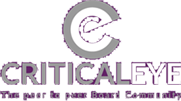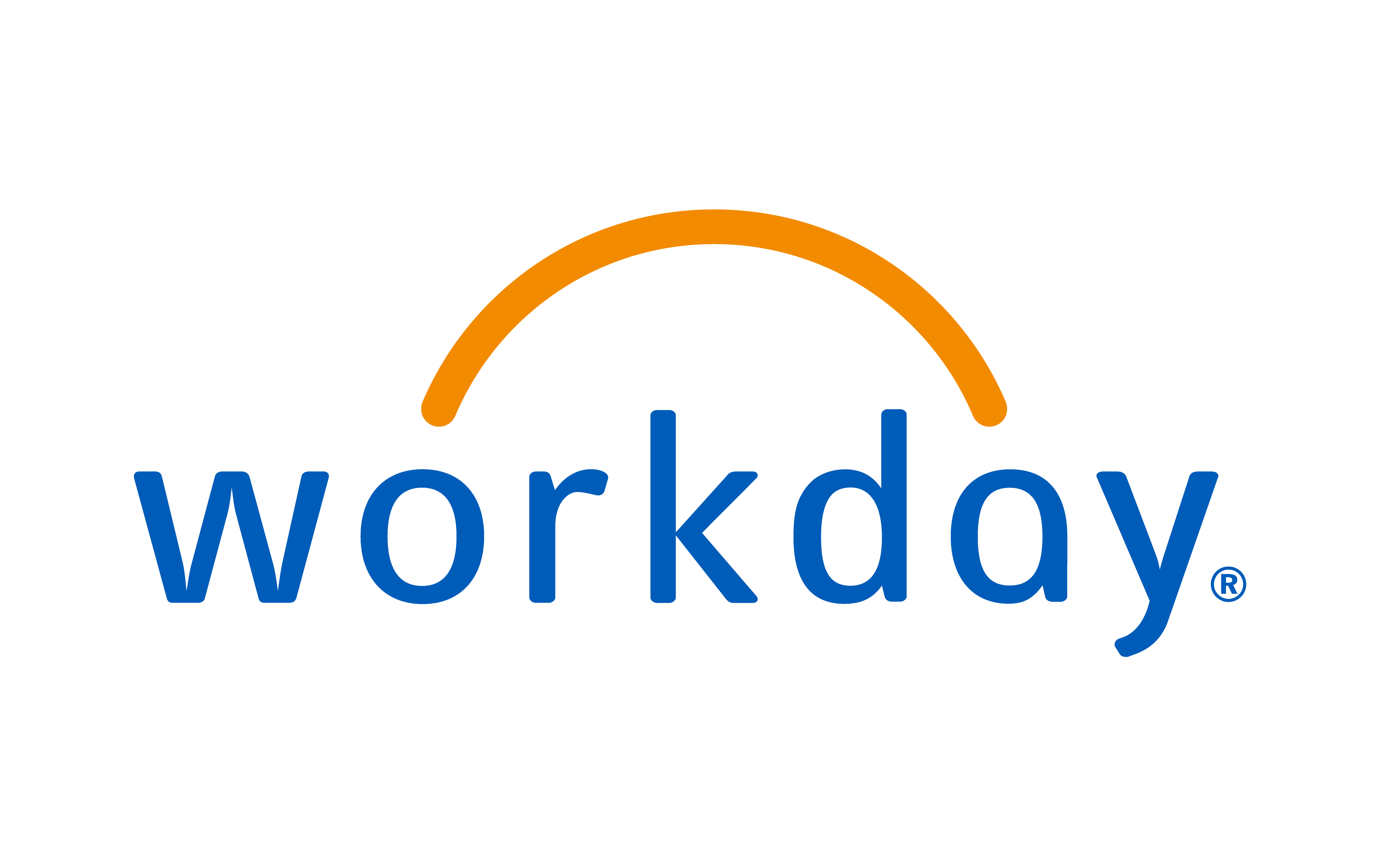
A successful HRD plays a critical role at the top of an organisation: informing, supporting, but also challenging the senior team. This requires an excellent understanding of the business and an ability to build strong relationships, not only with the CEO, but with every executive around the board table.
At Criticaleye’s recent HRD Retreat, held in association with IBM, Personal Group and Legal & General Investment Management, business leaders discussed what makes a successful relationship between the HRD and the senior leadership team.
Proving the Case for Investment in Talent
Paul Pomroy, CEO, McDonald’s UK
Our senior leadership team at McDonald’s is comprised of people in their forties, so to enable us to connect with people in their twenties (who make up the majority of our workforce) the HR function needs to be able to join the dots.
We see our people as an investment, and always ring-fence a part of our budget for their development. It is important to show that this investment is worthwhile, and is delivering results, and it is the responsibility of the HRD to provide the senior leadership team with evidence of this. The HRD and the CFO need to be aligned to carry this out.
For alignment to occur, it is important to have a truly cross-functional senior leadership team, and to achieve this, the HRD has to get involved in projects that are entirely outside of the HR space. This will help to break down silos.
Staying Neutral, but Being Courageous
Yetunde Hofmann, NED, CIPD, and Criticaleye Board Mentor
HRDs must remember that sometimes the choices they make can cause deeper, broader and more impactful internal ripples than decisions made by the CEO. Because of this, HRDs need to be extra wary of how they are seen by other members of the senior team.
One of the reasons that HRDs fail, despite their best intentions, is that they do not realise their actions can be easily misconstrued. For example, if an HRD holds their counsel during meetings, and then goes to have a one-to-one with the CEO, or another senior team member, then this can be mistakenly viewed as taking sides.
Similarly, if an HR Director is observed to be spending too much time in the CEO’s office, then this too can cause problems. An HRD must always be seen to be neutral, although they also need to have the courage to take a stand in the best interest of the business and the people.
Any good HRD should be willing to challenge a chief executive, in public, when necessary. This will allow every member of the senior team to view the HRD as someone to turn to for wise, independent counsel and honest answers.
Trust plays a crucial role in any successful leadership team. The first step towards attaining this is to get to know each other. It is so easy to spend a whole meeting on transactional and operational topics and then fail to get a real understanding of what makes your colleagues tick.
An HRD also needs to be the guardian of good behaviour at the top table. Senior executives need to be reminded that they are under the spotlight all the time and that acting as role models for the rest of the company is crucial.
It is not the HRD’s role to be chief policeman though, you have to choose the issues to make a stand on carefully.
Everyone thinks that they can do the HRD’s job and that it is easy. What makes it even harder for HRDs to win respect, is that they often don’t view themselves as business people and therefore cannot contribute to wider company issues. For example, an HRD needs to be able to understand financial reporting and should have the knowledge to challenge others on this issue.
Encouraging Long-Term Thinking
Matthew Blagg, CEO, Criticaleye
The job of a CEO is, by its very nature, an isolated, stand-alone role, therefore it is important that the HRD works well with the Chief Executive. Indeed, a senior leadership team will function at its best when the Chief Executive and the HRD are aligned.
It is the role of an HRD to ensure that the senior team takes the time to reflect on the past and thinks about the future.
It is easy to be a CEO when the sun shines, but it becomes much more challenging when the outlook is stormy; it is then that a leader’s vision becomes key. Those concentrating on the short-term will not survive; you must make investments with an eye on the long-term.
Leadership is all about making waves. To prevent the business going stale, senior leaders – including the HRD – must inject new thoughts and ideas into discussions at the top table.
Next week’s Community Update will identify five issues that boards commonly overlook.










 (002).png)















